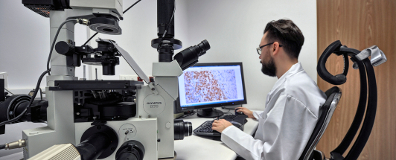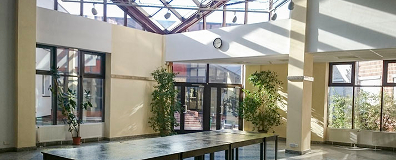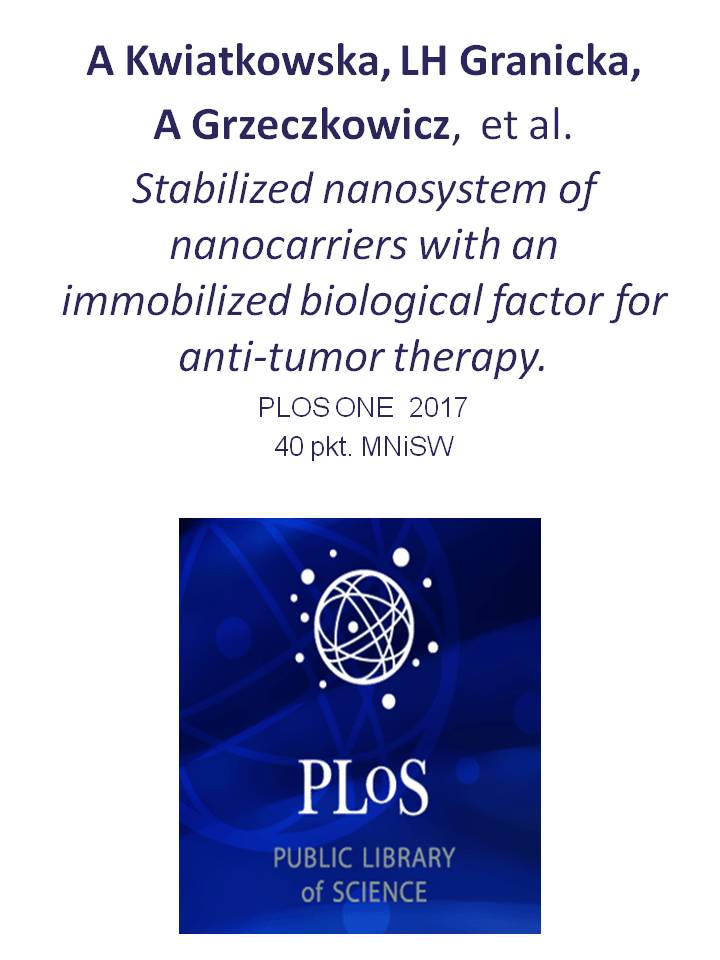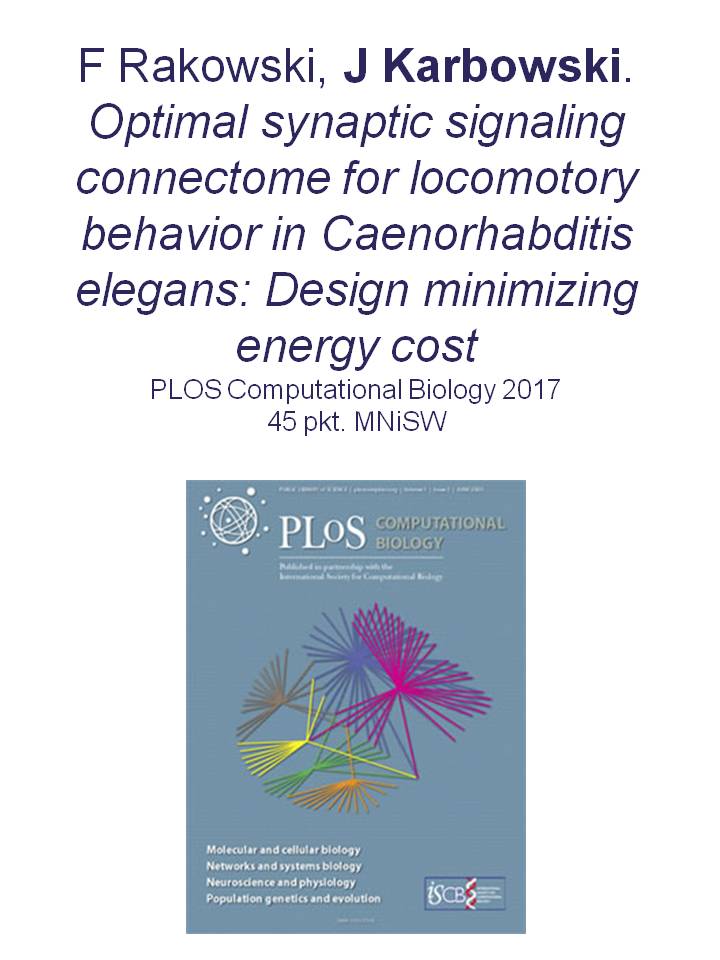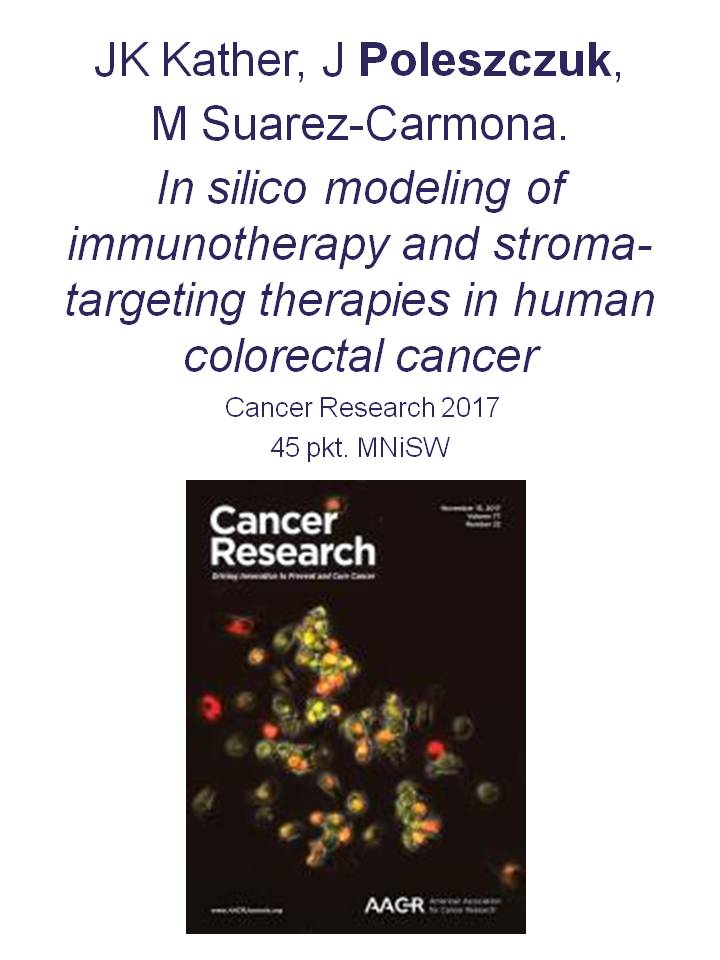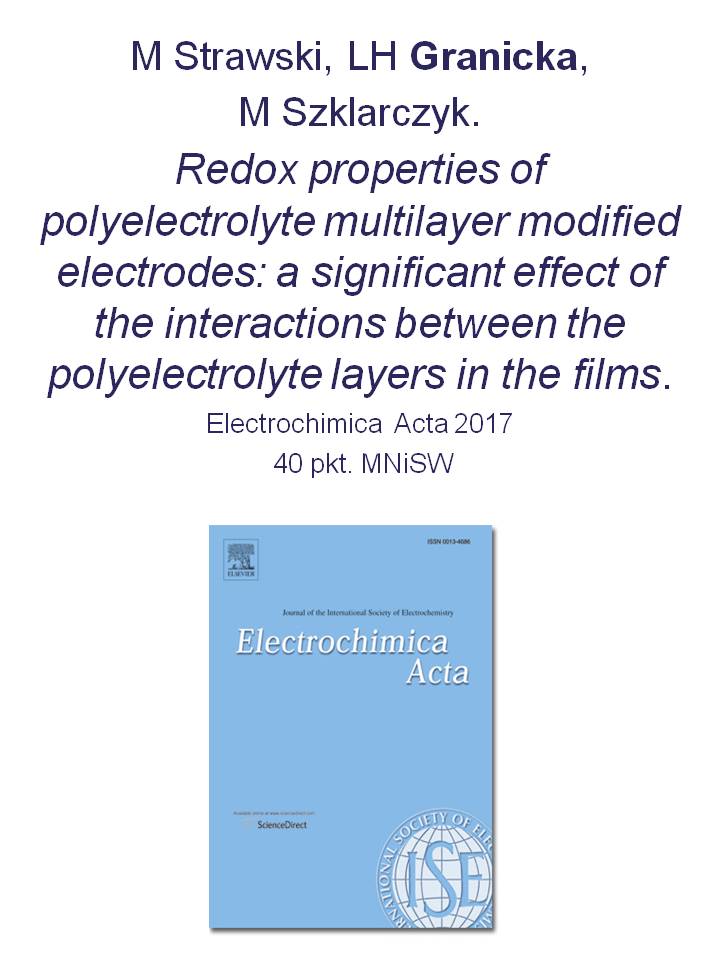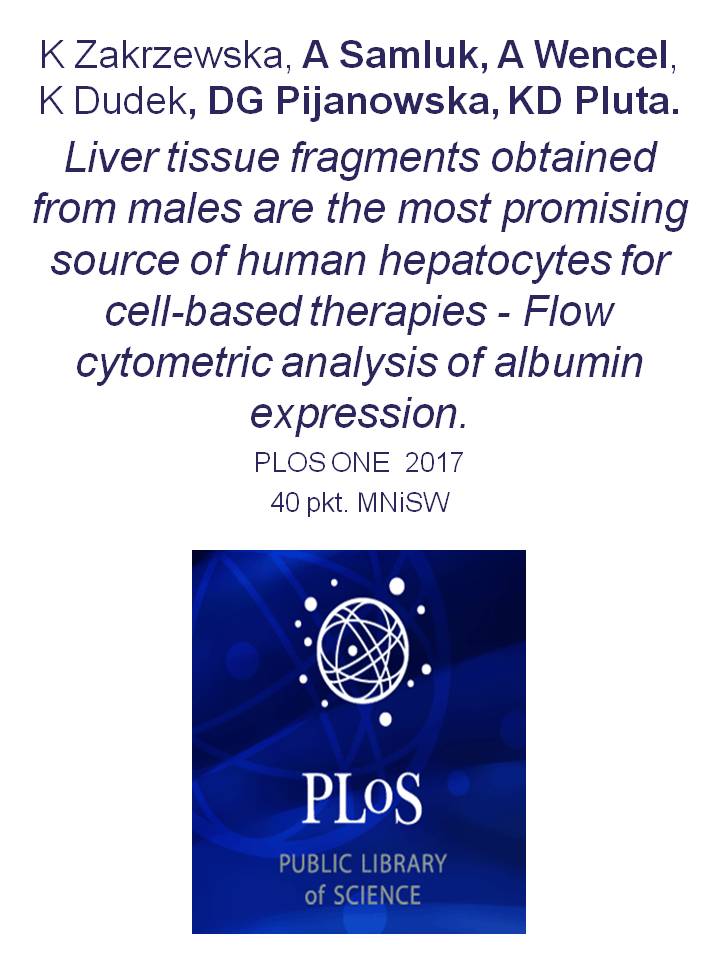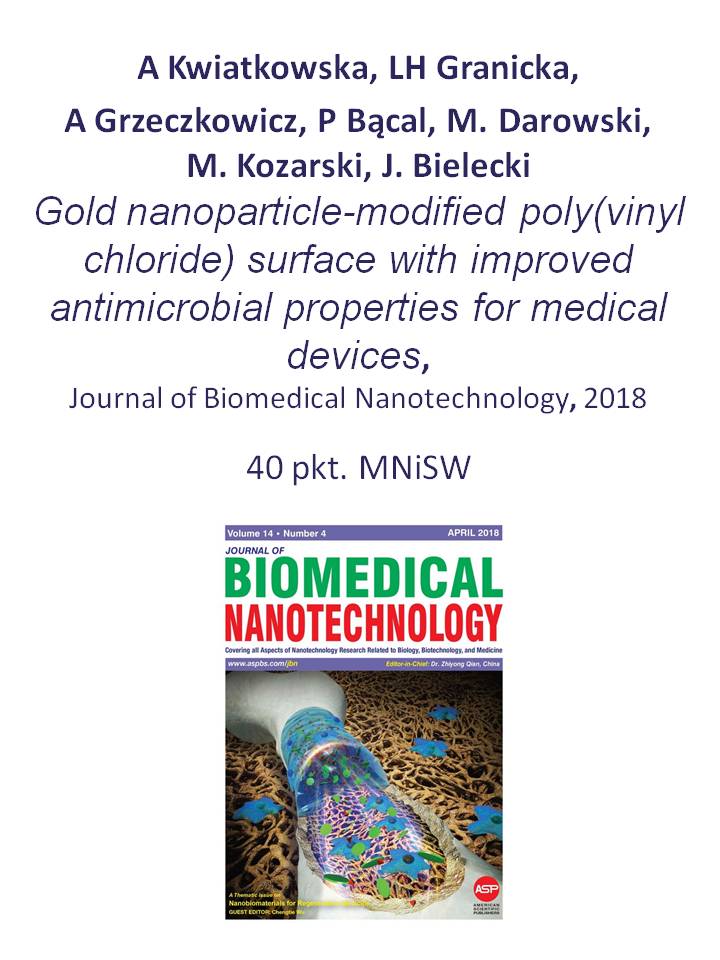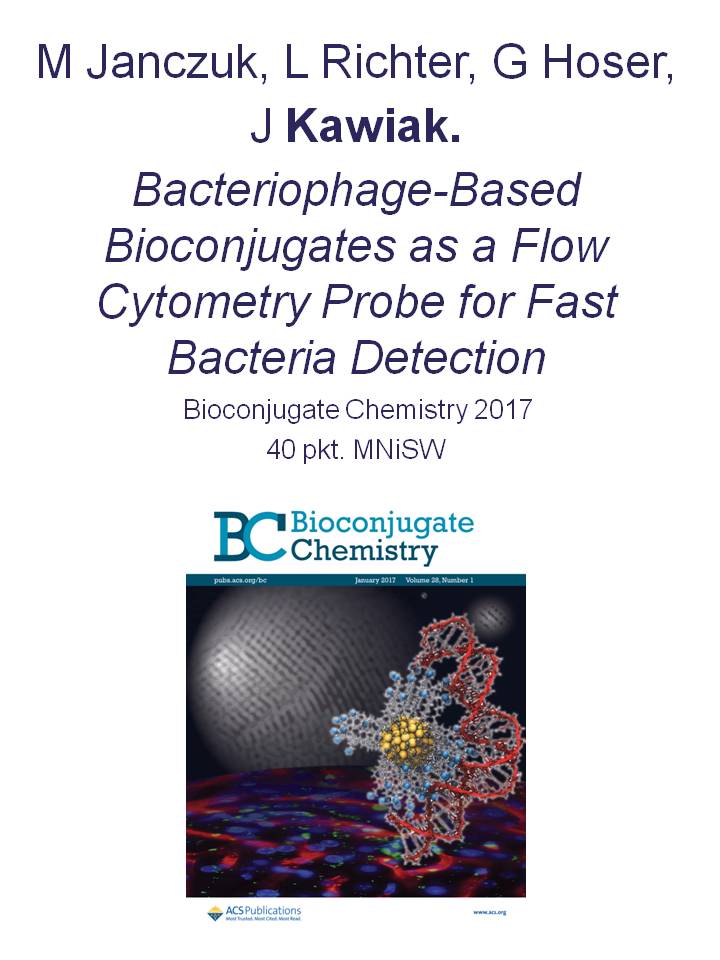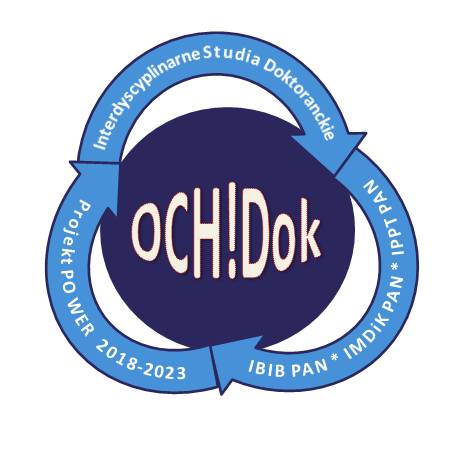Laboratory of Semipermeable Membranes and Bioreactors
Head of Lab: Prof. Andrzej Chwojnowski, PhD, DSc
Ewa Łukowska, PhD
Wioleta Sikorska MSc, PhD student
Monika Wasyłeczko, MSc
Cezary Wojciechowski, PhD
Current Subject Matter Research
The subject matter of the lab focuses on developing different ways of obtaining membranes as well as examining them. We develop flat membrane, 3D scaffolds and also membranes hollow fibers. All of these membranes are designed for chemical, separation, biotechnology and biomedical applications.
Flat membranes from the lab can be divided into three main types. The first one is wide porous membranes type 3D which are intended to cultivate cells. They have been successful in the cultivation of hepatocytes and chondrocytes. Chrondrocytes cultivated on these membranes (in cooperation with the Centre of Postgraduate Medical Education) were successfully implanted in rabbits’ knees. These membranes have a unique construction due to two types of pores, macropores as a place for developing cells and micropores which provide transport for cellular metabolites.
Other types of flat membranes can be used to develop dry immunochemical and immunoenzymatic tests. These membranes are preliminarily chemically or physically modified on the surface, for instance with low temperature plasma. The surface which is functionalized in such a way enables effective bonding of enzymes, antibodies and analytical compounds. Flat membranes on the cellulose medium are used to obtain dry tests for the analysis of media containing suspension and precipitates such as blood, fruit and vegetable juices or different types of sewages. There is a special profile for the filtration depending on what the membranes will be intended for.
The most recent part of the research is developing composite membranes. Such membranes consist of portable layers of polymers, for instance polysulfon or polyesters with different porosity, thickness and with different types of surface as well as active layers, for example hydrogelic one which are connected to the surface of the portable layers. Such membranes can be used to cultivate skin or epidermis cells. Ultimately they are to serve as allogenic patches to cure massive loss of skin or epidermis. These membranes are characterized by the possibility of convenient detachment of the gel layer from the polysulfone layer.
Hollow fibers are developed in two versions: basic one with smooth walls and with more advanced inner surface (folded walls).
Membranes with such parameters can be developed depending on the needs. Membranes with more developed inner surface can have better hydraulic parameters in comparison with smoth one. They may prove highly valuable in encapsulation or developing bioreactors. A unique method of enlarging pores in the ready hollow fibers is being developed, which enables developing membranes with controlled and programmed cut-off points. Such membranes facilitate selective functioning of proteins, in particular plasma.
Head of Lab: Prof. Andrzej Chwojnowski, PhD, DSc
Juliusz Lech Kulikowski, professor, PhD, DSc
Ewa Łukowska, PhD
Wioleta Sikorska MSc, PhD student
Monika Wasyłeczko, MSc
Cezary Wojciechowski, PhD
Current Subject Matter Research
The subject matter of the lab focuses on developing different ways of obtaining membranes as well as examining them. We develop flat membrane, 3D scaffolds and also membranes hollow fibers. All of these membranes are designed for chemical, separation, biotechnology and biomedical applications.
Flat membranes from the lab can be divided into three main types. The first one is wide porous membranes type 3D which are intended to cultivate cells. They have been successful in the cultivation of hepatocytes and chondrocytes. Chrondrocytes cultivated on these membranes (in cooperation with the Centre of Postgraduate Medical Education) were successfully implanted in rabbits’ knees. These membranes have a unique construction due to two types of pores, macropores as a place for developing cells and micropores which provide transport for cellular metabolites.
Other types of flat membranes can be used to develop dry immunochemical and immunoenzymatic tests. These membranes are preliminarily chemically or physically modified on the surface, for instance with low temperature plasma. The surface which is functionalized in such a way enables effective bonding of enzymes, antibodies and analytical compounds. Flat membranes on the cellulose medium are used to obtain dry tests for the analysis of media containing suspension and precipitates such as blood, fruit and vegetable juices or different types of sewages. There is a special profile for the filtration depending on what the membranes will be intended for.
The most recent part of the research is developing composite membranes. Such membranes consist of portable layers of polymers, for instance polysulfon or polyesters with different porosity, thickness and with different types of surface as well as active layers, for example hydrogelic one which are connected to the surface of the portable layers. Such membranes can be used to cultivate skin or epidermis cells. Ultimately they are to serve as allogenic patches to cure massive loss of skin or epidermis. These membranes are characterized by the possibility of convenient detachment of the gel layer from the polysulfone layer.
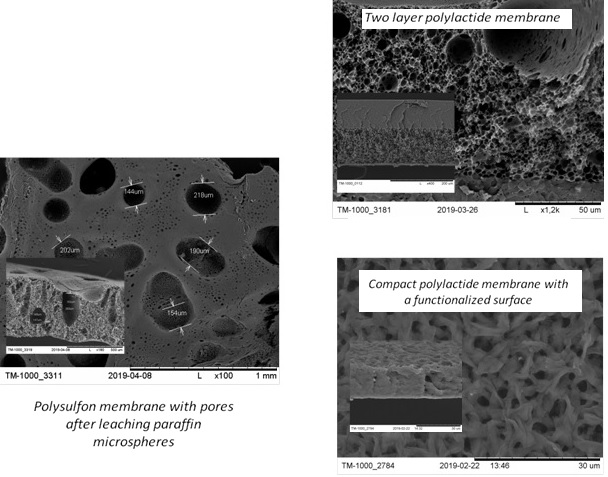
Hollow fibers are developed in two versions: basic one with smooth walls and with more advanced inner surface (folded walls).
Membranes with such parameters can be developed depending on the needs. Membranes with more developed inner surface can have better hydraulic parameters in comparison with smoth one. They may prove highly valuable in encapsulation or developing bioreactors. A unique method of enlarging pores in the ready hollow fibers is being developed, which enables developing membranes with controlled and programmed cut-off points. Such membranes facilitate selective functioning of proteins, in particular plasma.
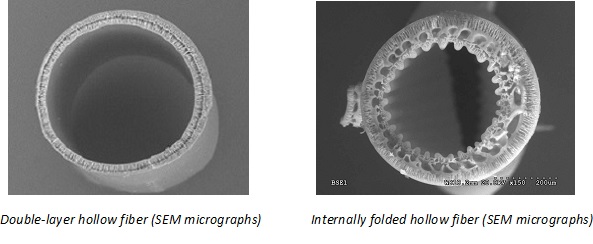
Selected Publications
Wojciechowski C., Chwojnowski A., Łukowska E., Granicka L. Polysulfone/polyurethane blend degradable hollow fiber membranes preparation and transport-separation properties evaluation. Desalination and water treatment 57(2015):1-9 DOI:10.1080/19443994.2015.1129512
Ciechanowska A., Ladyzynski P., Hoser G. et al. Human endothelial cells hollow fiber membrane bioreactor as a model of the blood vessel for in vitro studies. J Artif Organs 19(2016).270–277 https://doi.org/10.1007/s10047-016-0902-0
Kwiatkowska A., Granicka L., Grzeczkowicz A., Chwojnowski A., Wojciechowski C. Nanothin polielectrolyte layers for biotechnological applications. Desalination and water treatment 64:260-265 (2017). DOI: 10.5004/dwt.2017.11389
Chwojnowski A., Kruk A., Wojciechowski C, Łukowska E. et al. The dependence of the membrane structure on the non-woven forming the macropores in the 3D scaffolds preparation. Desalination and Water Treatment 64(2017)324-331. DOI 10.5004/dwt.2016.11394
Kruk A., Gadomska-Gajadhur A., Ruśkowski P., Chwojnowski A. et al. Preparation of biodegradable semi-permeable membranes as 3D scaffolds for cell cultures. Desalination and Water Treatment 64(2017)317-323 .
Wojciechowski C., Chwojnowski A., Granicka L., Łukowska E. Polysulfone/cellulose acetate blend semi degradable capillary membranes preparation and characterization. Desalination and Water Treatment 64(2017)365-371. DOI 10.5004/dwt.2016.11435
Kruk A., Gajadhur-Gadomska A., Ruśkowski P., Chwojnowski A., Synoradzki L. Otrzymywanie polilaktydowych rusztowań komórkowych o strukturze gąbczastej – badania wstępne i optymalizacja procesy. – Polimery 62/2(2017)118-126.
Stankiewicz B., Rawicz M., Darowski M., Zielinski K., Kozarski M., Chwojnowski A. Use of siliconised infant endotracheal tubes reduces work of breathing under turbulent. Biocyb. Biomed. Eng, 37(2017)59-65; http://dx.doi.org/10.1016/j.bbe.2016.11.002
Przytulska M., Kruk A., Kulikowski J. L., Wojciechowski C., Gadomska-Gajadhur A., Chwojnowski A. Comparative assessment of polyvinylpyrrolidone type of membranes based on porosity analysis - Desalination and Water Treatment 75 (2017)18–25.
Kobiela T., Milner-Krawczyk M., Łukowska E., Dobrzyński P. et al. The effect of polymeric membrane surface on HaCaT cell properties- Micron 101(2017)162-169 https://doi.org/10.1016/j.micron.2017.07.006
Kulikowski J., Przytulska M., Chwojnowski A. – Computer-aided analysis of mictro-morpho logical structure of Poros membran es – BioMedical Engineering OnLine 17(2018)68; https://biomedical-engineering-online.biomedcentral.com/articles/10.1186/s12938-018-0481-9
Przytulska M., Kulikowski J. L., Wasyłeczko M., Chwojnowski A., Piętka D. The evaluation of 3D morphological structure of porous membranes based on a computer-aided analysis of their 2D images. Desalination and Water Treatment, 128(2018)11-19 DOI: https://doi.org/10.5004/dwt.2018.22569
Sikorska W., Wojciechowski C., Przytulska M., Rokicki G., et al. Polysulfone-polyurethane (PSf-PUR) blend partly degradable hollow fiber membranes: preparation, characterization and computer-aided image processing analysis. Desalination and Water Treatment, 128(2018)383-391 DOI: https://doi.org/10.5004/dwt.2018.23101.
Patents and patent pending
Lewińska D, Kupikowska-Stobba B, Grzeczkowicz M, Chwojnowski A, Łukowska E: Method for quantitative determination of cell concentration. Patent RP No. 223717, 2012.
Chwojnowski A., Kruk A., Gadomska-Gajdhur A., Ruśkowski P., Wojciechowski C., Łukowska E., Synoradzki L., Dulnik J., Denis P., Sajkiewicz P. A method of obtaining a broad-porous polyester cell scaffold. Patent PL 228884, 2018.
Chwojnowski A., Łukowska E, Wojciechowski C., Lewińska D. Semi-permeable membrane and the method of its preparation. Patent PL 22909, 2017.
Gadomska-Gajadhur A., Ruśkowski P., Kruk A., Synoradzki L., Chwojnowski A., Method for the production of three-dimensional polylactide two-layer scaffolds for the cultivation of skin equivalents. Patent RP No. P413603, 2018.
Gadomska-Gajadhur A., Ruśkowski P., Kruk A., Synoradzki L., Chwojnowski A. A method of preparing polylactide scaffolds spongiform for culture columnar epithelium. Patent RP No. P.415317, 2018.
Wojciechowski C., Chwojnowski A., Łukowska E. Method of preparing semipermeable polysulfone and polyethersulfone membranes and its application. Polish Patent Pending No. P.414564, 2015.
Chwojnowski A., Wasyłeczko M., Krysiak Z., Łukowska E., Wojciechowski C., Sikorska W. A method of proteins isolation from cell cultures grown on cell scaffolds. Polish Patent Pending. No. P.423993, 2017.
Chwojnowski A., Wasyłeczko M., Krysiak Z., Łukowska E., Wojciechowski C., Sikorska W. A method of detecting cellulose residues in semi-permeable broad-porous membranes. Patent RP P.423995, 2020.
Kutkowska A, Lewińska D, Grzeczkowicz M, Chwojnowski A: Method and set-up for forming spherical microbeads in slow-gelling systems. Polish Patent Pending No. P.417705, 2016.
Korycka P., Mirek A., Lewińska D., Grzeczkowicz M., Chwojnowski A. A method of producing a broad-porous biodegradable polymeric membrane. Polish Patent Pending No. P.429649, 2019.
Łukowska E., Szakiel A., Markowski M., Wasyłeczko M., Chwojnowski A., Martyniuk S. Polyester multilayer membrane and the method of its preparation. Polish Patent Pending No. P.429516, 2019.
MENU
- News
- About the Institute
- Mission & Authorities
- HR Excellence
- Doctoral Schools
- Doctoral Studies
- Academic degrees
- Scientific activity
- Institute offers
- ICB
- Publishing
- Library
- Conference Centre
- Useful Links
- Public procurement
- Employees
- Gallery
- For Media
- Contact
- Privacy policy
Nałęcz Institute of Biocybernetics and Biomedical Engineering PAS, Ks. Trojdena 4 st., 02-109 Warsaw, POLAND
E-mail:This email address is being protected from spambots. You need JavaScript enabled to view it.; Phone: (+48) 22 592 59 00;
Copyright(c) 2016 IBBE PAS
All rights reserved
In order to provide you with the best online experience this website uses cookies. Delete cookies
In order to provide you with the best online experience this website uses cookies.
By using our website, you agree to our use of cookies. Learn more
Useful Links
Privacy policy
Ministry of Science and Higher Education
Polish Science Database (Nauka Polska)
Department of Patents - website in Polish
Sholarship granting institutions
The National Centre for Research and Development
The Polish National Agency for Academic Exchange
European Union Funding
Publication databases
ISI Web of Knowledge Journal Citation Report
BazTech - website in Polish
ICM - Virtual Library of Science - website in Polish
Other
Datasets

